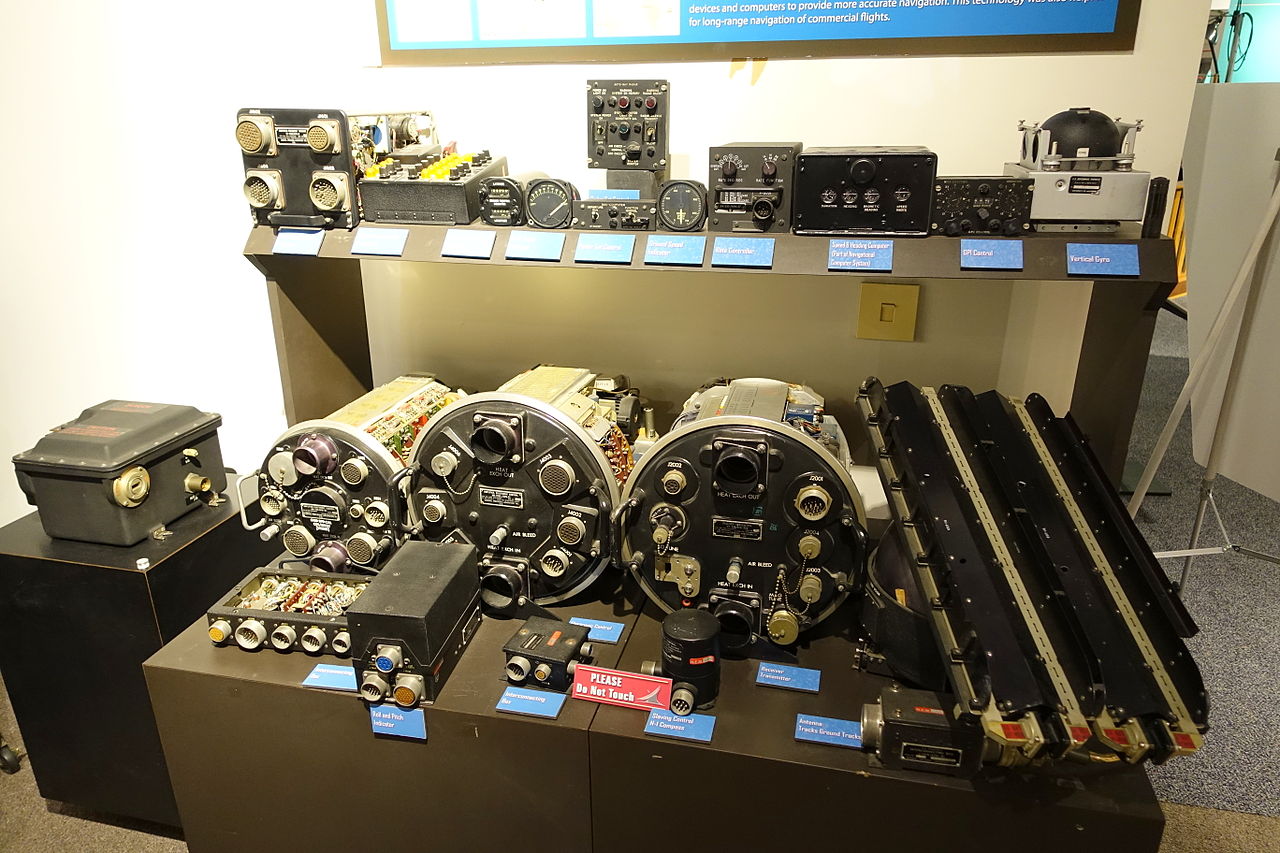When you hear “Doppler radar,” you may think that it has something to do about the weather channel on TV. While meteorologists use this type of radar for observing and predicting the weather, people still know little about it. If you’re curious about the history of the Doppler radar, read on.
Doppler Effect
If you want to understand what a Doppler radar does, you just need to know about the Doppler effect. Named after Austrian physicist Christian Doppler, the Doppler effect is the difference between the observed frequency and the emitted frequency of a wave for an observer moving relative to the source of the waves. Doppler discovered that there was a way to see the difference between different frequency waves.
The frequency of the waves reaching the ear in a certain measure of time was determined and could be used to determine the pitch or tone that is heard. When a person or object is stationary, the tone would generally stay the same – unless the object moves at right angles. But if the source of the sound came closer, the number of waves reaching the ear increases, as well as the pitch. This would work the same if the source of the wave was to move away, as the waves would decrease along with the sound. This is the Doppler effect. It has been applied to create radars specialized in some scientific fields. Meanwhile, if you are also interested to know the history of satellites, click the given link.
Doppler Radar History
Early Doppler radars
The Doppler radar was initially theorized and investigated in the early 1920s, by Dr. A. Hoyt. Further research at different institutions in the US and UK lead to Robert Alexander Watson Watt to create the first radar system that could locate aircraft in 1935.
Early Doppler radars relied on large analog filters to get usable performance data to use on them. During World War II, a continuous-broadcast or FM radar was developed for the US Navy aircraft to support night operations. Most used the UHF spectrum and had a transmit antenna on the port wing and the receiver antenna on the starboard wing.
The early radars also relied on large analog filters to achieve acceptable performance. Waveguide, analog filters, and amplifiers pick up vibration, so bulky vibration damping is needed for the radar to work. All the extra bulk caused the military aircraft to go only on night operations, heavy weather events, or jamming situations, because it may otherwise limit their daily activities. It uses filtering that removes stationary reflections that integrate signals over a longer time span, improving range performance while reducing power.
Digital Technology era
Once digital technology became readily available, radars became more specialized, less bulky, lighter, and even more affordable. During the 1970s, the digital fast Fourier transform (FFT) filtering became a practical choice, thanks to modern microprocessors. The velocity information provided another information to the software tracker, and improved computer tracking.
This led to the creation of the more common Pulse-Doppler, or coherent pulsed radars where velocity information was extracted. This became useful in both air traffic control and weather radars. The Pulse-Doppler radars combine the benefits of long-range and high-velocity capability. Under normal circumstances, most radars can only do one of the other. Weather radars are high-resolution velocity radars, while air defense radars have a large range of velocity detection. The accuracy in velocity is in the tens of knots.
Production of a single-antenna traffic radar began in the late 1960s, thanks to circular polarization and multi-port waveguide sections. But by the late 1970s, this changed to linear polarization and use of ferrite circulators at both X and K bands.
Modern Doppler Radar Systems
The modern Doppler systems are light enough for mobile ground surveillance, associated with surface ships and infantry. They detect motion from personnel and vehicles for the night and all-weather combat operation.
Between the 1980s to early 1990s, the National Weather Service (NWS) installed Doppler weather radars of high-resolution velocity all around the USA. Even the newer TV stations have their radars while others get their imaging from the NWS.
From being a tool for the military, Doppler radar data has come into widespread everyday use, thanks to the advent of computers that are capable of handling vast amounts of data gathered continuously by such systems as the NWS’ NEXRAD system, which consists of 125 Doppler radar stations across the stations. Aside from this informative article, we also recommend you read our post about the National Weatherman’s Day.



